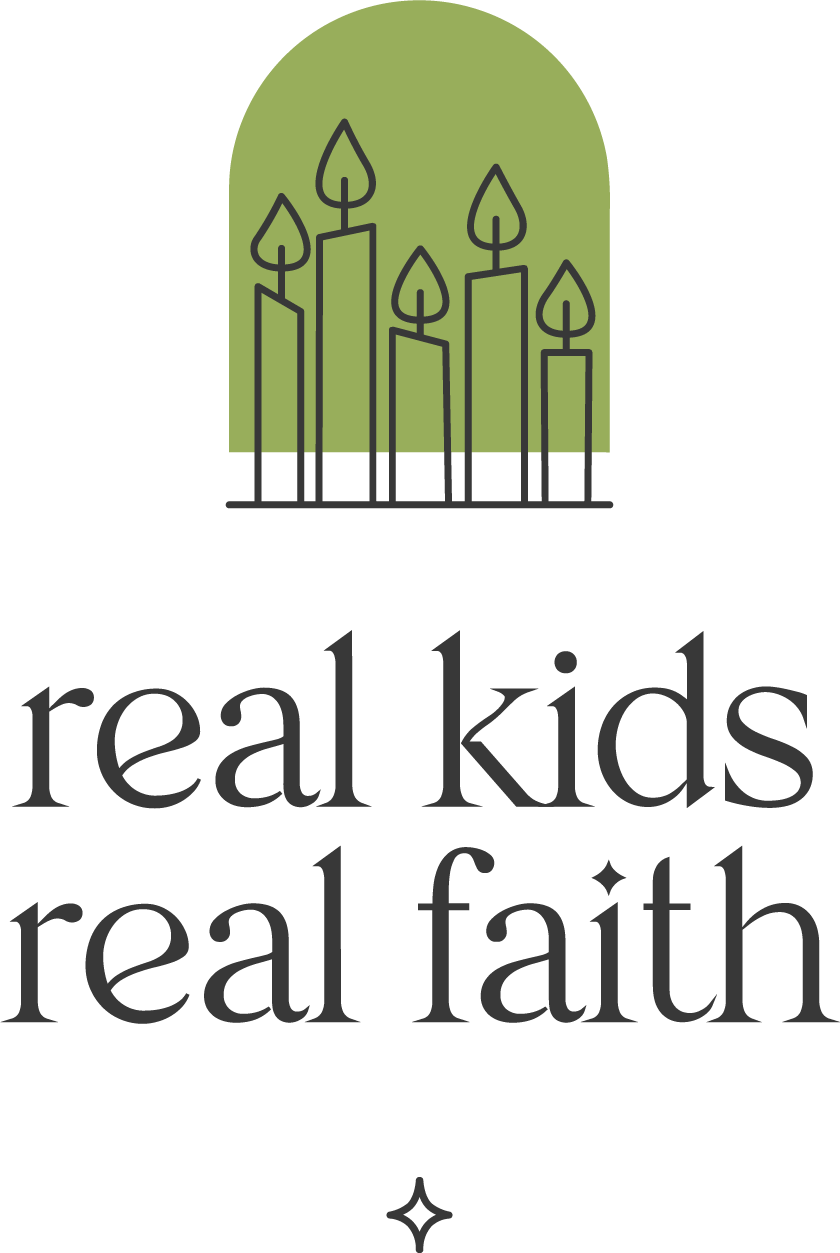Stranger danger lessons, active shooter drills – these experiences can teach children that others are to be feared. Most People, by Michael Leannah, reminds kids that the vast majority of people are trustworthy and caring. With images that say as much as the text, the book invites children ages 3-8 to explore this positive message and imagine how they, too, can be kind and helpful like most people.
Explore the book together with one or more of these activities:
Helping others. The book shows lots of different kinds of people helping others. Look through the images together and count how many ways someone is showing kindness or taking care of someone else. Then brainstorm more helping possibilities until you have a list of at least 25 (or 50) ideas. Invite children to add pictures illustrating their favorite items. Post the list where everyone can use it as a reminder of how they can be helpful.
Comparing good and bad. The author says a line of people who want to do good would be much longer than one of people who prefer to do bad. Ask children to think of other comparisons they could make to show the ratio of doing good to doing bad. For example, people doing good might be like the number of insects in the world and people doing bad might be like an endangered species.
Changing behavior. Although some people do bad things, the book says that they still have goodness inside that can help them change. With kids, act out scenarios where someone does something bad and then realizes their mistake and changes their behavior. Encourage them to use words like “I’m sorry”, “I made a mistake”, “I want to do better”, and “I’m ready to make a change” in their playacting. Imagine as well how they can support one another as they nurture goodness within themselves.
Feeling good. The book names many experiences that prompt good feelings in people. Invite children to share stories of times they have felt really happy. Then show each other how your faces and bodies look and act when you feel happy. Put on happy faces, move your bodies in happy movements, and make happy sounds. You might even do a happy dance!
Feeling unhappy. The author suggests that being sad or mad doesn’t look nice. While it is true that most people prefer to be happy, other emotions are also valid. Play emotion charades with kids to help them recognize a wide range of emotions and how to manage them. Take turns acting out an emotion for others to guess. (Invite children to choose emotions or write emotions on paper slips that they draw.) Between turns, take 2-3 slow, deep breaths to model one way of managing big emotions before they overwhelm us.

Comments